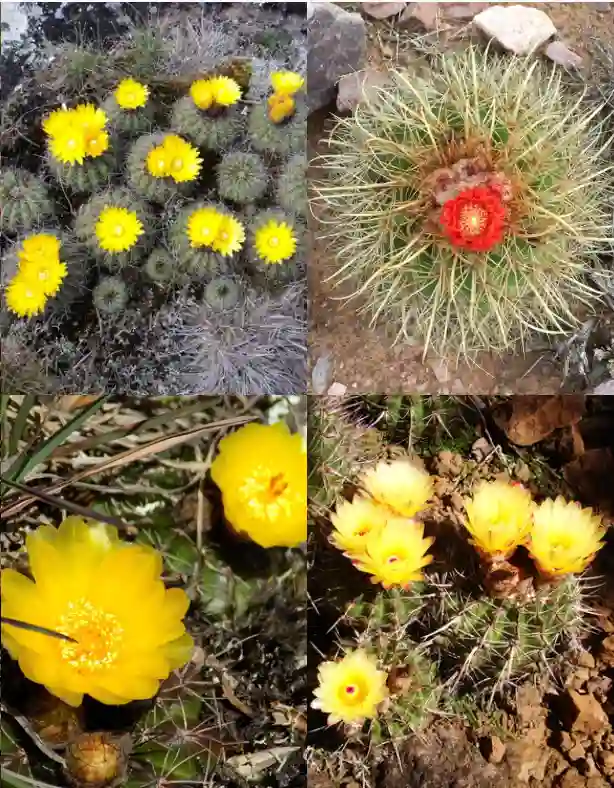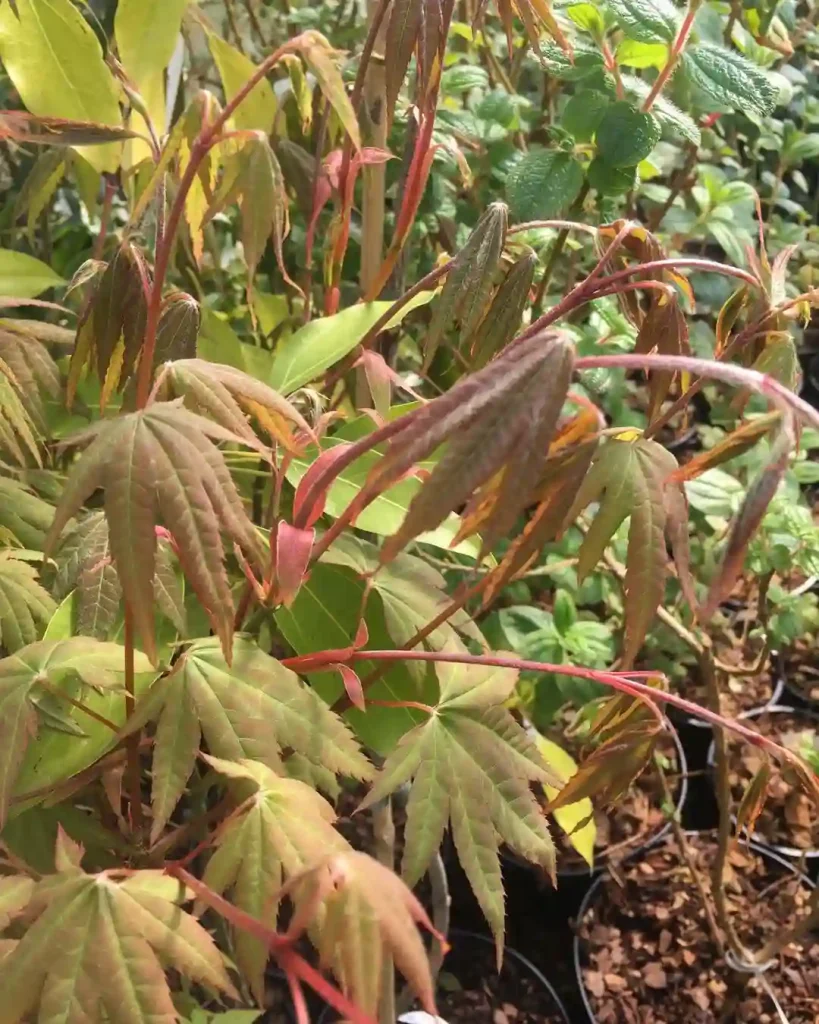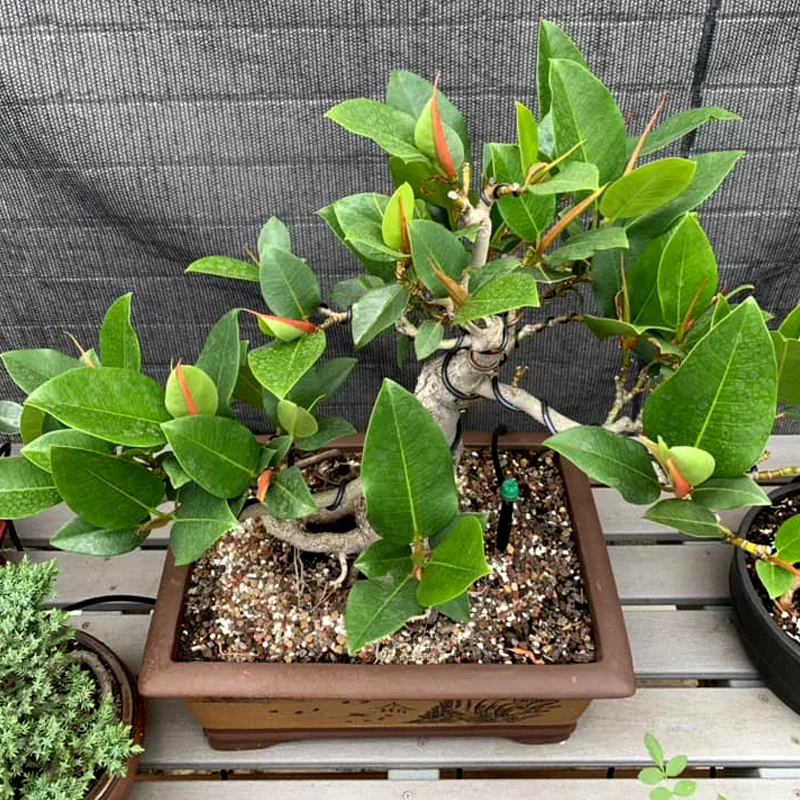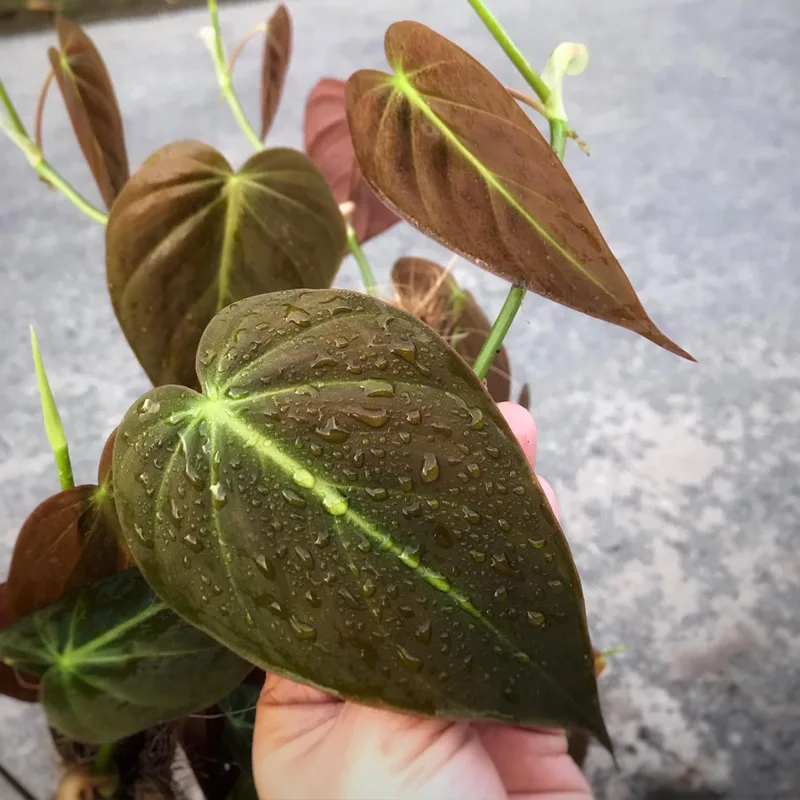
How to care for a rubber plant?
Caring for my rubber plant(Ficus elastica) has been a learning experience! At first, I was a bit intimidated, but I’ve come to appreciate how forgiving it is. I love the glossy leaves, especially since I keep them dust-free with a damp cloth. Finding the right watering balance was tricky at first – too much water made it sad. Now I wait until the soil feels dry a couple of inches down before giving it a real soak. My rubber plant seems happy in its bright corner, away from direct sunlight, and to be honest, it adds a touch of vibrant green to my living room that I really enjoy.
880 Species in Genus Ficus
How to propagate rubber plant?
I finally decided to try propagating my rubber plant and it was way easier than I thought! I was a little nervous about cutting into it, but after watching a couple of videos I felt more confident. I carefully selected a healthy stem and made a diagonal cut below a leaf node. I dipped the end in rooting hormone (just to give it a boost), then popped it into a jar of water. It was exciting seeing those tiny roots start to form, and now my little rubber plant baby is happily potted up and thriving!
How often to water rubber plant?
Figuring out the watering schedule for my rubber plant took some trial and error. I used to water on a set schedule, but I’ve learned to be more flexible. Now, I check the soil before I water – I poke my finger in about two inches to see how it feels. If it’s dry down that far, that’s my cue for a good, deep watering. Sometimes that means watering once a week, but it can be longer if the soil is still moist. My plant definitely seems happier with this method, and I worry less about overwatering!
How to make a rubber plant bushy?
My rubber plant used to be more of a tall, lanky tree, but I wanted it to be bushier. So, I took the plunge and pruned it! I felt a little nervous cutting off healthy growth, but I knew it had to be done. I focused on those taller stems and made cuts just above a leaf node. Within a few weeks, I noticed new growth right where I had pruned! Now, it’s got several branches and is filling out beautifully. Pruning definitely gave my rubber plant the boost it needed to get that bushy look.
Why is my rubber plant dropping leaves?
Ugh, a while back, I noticed my rubber plant started dropping leaves, and it had me worried! It seemed healthy otherwise, but the leaf drop was frustrating. I started paying closer attention to its environment. I realized that it was sitting right next to a drafty window. Once I moved it to a cozier spot away from drafts, the leaf drop stopped. I learned my lesson – sometimes those seemingly little environmental changes can make a big difference for a rubber plant.
How much light does a rubber plant need?
I’ve found that my rubber plant absolutely loves bright, indirect light. It’s got a prime spot right near an east-facing window where it gets tons of gentle morning sun. The leaves really seem to perk up with that light exposure. I had it in a less sunny spot for a while, and while it survived, it wasn’t as vibrant. Since giving it more light, my rubber plant seems much happier, and it’s even put out several beautiful new leaves.
Is rubber plant toxic to cats?
Unfortunately, after a bit of research, I discovered that my beloved rubber plant is actually mildly toxic to cats. Now, I have a curious cat who loves to nibble on plants, so this had me worried. I decided to play it safe and moved my rubber plant well out of her reach. I found a tall shelf where it still gets enough light, and thankfully my cat has lost all interest. It’s better to be safe than sorry, especially when it comes to my furry friend!
How to water rubber plant?
I take watering my rubber plant pretty seriously – nobody wants a droopy plant! I’ve ditched the rigid watering schedule and instead go for the “finger test.” I stick my finger about two inches into the soil, and if it feels dry, it’s watering time! Once I’ve checked, I give my rubber plant a really good soak, making sure the water runs out the drainage holes. It likes a thorough drenching, but then I let it dry out again before the next watering. This seems to be working well – my plant’s perky and putting out new growth!
When to repot rubber plant?
My rubber plant was outgrowing its old pot and honestly, I probably should have repotted it a little sooner. The roots were starting to poke out through the bottom, and it just looked cramped. I finally chose a pot a couple of inches larger and filled it with fresh, well-draining soil. It felt a bit risky at first, but transferring it to its new home went better than expected. Since repotting, my rubber plant seems to be really thriving – it’s been putting out tons of new growth and looks so much healthier and happier!
Can a rubber plant live outside?
While my rubber plant tolerates the average humidity in my home just fine, I do try to give it little humidity boosts whenever I can. I’ll give its leaves a gentle misting with water every few days, especially during the dry winter months. It seems to love this, the leaves always look extra glossy and perky afterward! I also have a small humidifier near my plant collection that helps keep the air from being too dry. I figure a little extra humidity can only be a good thing for my rubber plant.
Does rubber plant like humidity?
While my rubber plant tolerates the average humidity in my home just fine, I do like to give it little humidity boosts whenever I can. I’ll give its leaves a gentle misting with water every few days, especially during those dry winter months. It seems to love this – the leaves always look extra glossy and perky afterward! I also have a small humidifier near my plant collection that helps keep the air from being too dry. I figure a little extra humidity can only be a good thing for my rubber plant.
Does rubber plant like to be root bound?
Rubber plants actually don’t mind being a little root bound. They’re quite forgiving if you don’t immediately repot them as they grow. However, I’ve found that if they get too cramped in their pot for too long, their growth can slow down. I try to strike a balance – wait till I see a few roots peeking out from the drainage holes or the top of the soil before I repot. That way my rubber plant is happy and still has a little space to grow!
How to clean rubber plant leaves?
Keeping my rubber plant’s leaves clean and dust-free is important to me. Those big, glossy leaves are one of its best features! I usually start with a simple wipe-down with a soft, damp cloth. This gets rid of most of the dust. If there are any stubborn spots or buildup, I mix a tiny drop of dish soap into a bowl of lukewarm water and gently wipe the leaves clean. It always looks so refreshed afterward, and I swear the leaves get even shinier!
If i die, water my plants!



